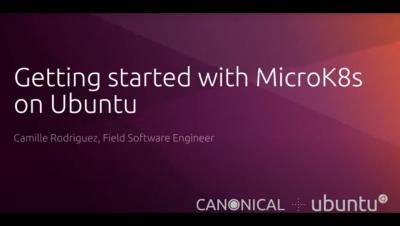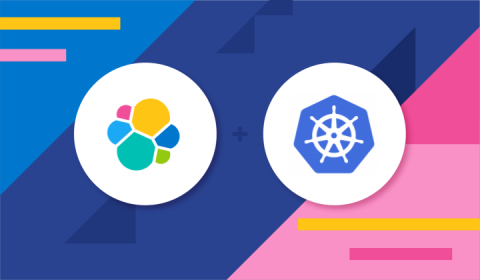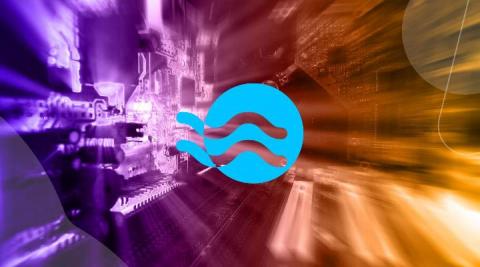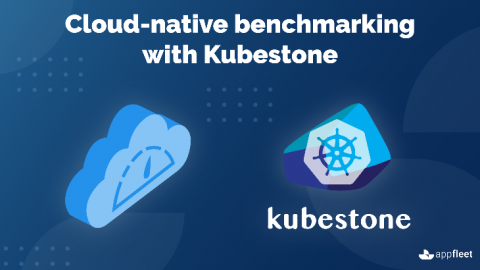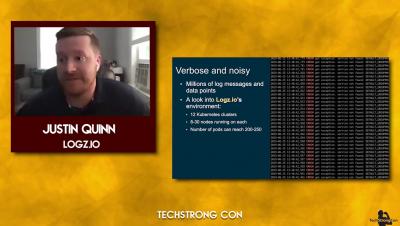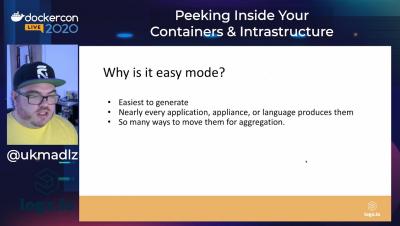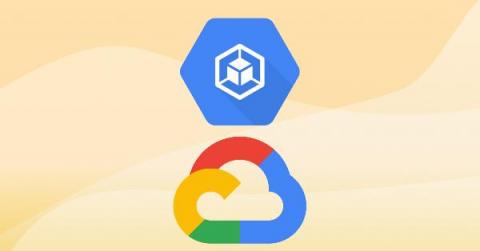Operations | Monitoring | ITSM | DevOps | Cloud
Containers
The latest News and Information on Containers, Kubernetes, Docker and related technologies.
Dispatch evolves as the only Kubernetes native, CI/CD platform leveraging Tekton, ArgoCD and more
Responsibilities are shifting between software developers and operators due to the increasing adoption of agile development practices, DevOps, and GitOps. This makes it challenging for developers and operators to effectively collaborate in order to increase developer agility and productivity. D2iQ’s Dispatch is built on a cloud native foundation, leveraging Tekton and Argo CD to simplify running CI/CD on Kubernetes with a simplified user experience.
Kubernetes observability tutorial: Log monitoring and analysis
Kubernetes has emerged the de facto container orchestration technology, and an integral technology in the cloud native movement. Cloud native brings speed, elasticity, and agility to software development, but also increases the complexity — with hundreds of microservices on thousands (or millions) of containers, running in ephemeral and disposable pods. Monitoring such a complex, distributed, transient system is challenging, and at the same time very critical.
Kubernetes observability tutorial: K8s cluster setup and demo app deployment
The easiest way to get the Elastic Stack up and running for this tutorial, is to spin up a 14-day free trial of our Elasticsearch Service on Elastic Cloud. A few clicks (no credit cards) and you’ll have your cluster up and running. Or if you prefer, download the Elastic Stack and install locally. All of the instructions in this tutorial can be easily amended to work with a standalone Elasticsearch cluster on your own hardware.
Upgrade Your K3s Clusters Smoothly in Rancher 2.4
In Rancher 2.4, the latest release of Rancher Labs’ open source Kubernetes management platform, you can now manage K3s cluster upgrades from the Rancher UI. K3s is a lightweight Kubernetes distribution from Rancher that you can use to set up your development Kubernetes environment within minutes. It is great for production use cases and is built primarily for IOT and Edge devices. In Rancher 2.4, you can import K3s clusters and can manage the upgrades for it via Rancher itself.
EKS simplified on EC2 Graviton2 instances
Amazon Web Services (AWS) and Kubernetes (K8s) have proven to be a powerful combination, with more K8s users also using Amazon Elastic Kubernetes Service (EKS) more than any other Kubernetes managed service. With EKS, users are able to benefit from the agility and scalability of Kubernetes on AWS without having to manage the K8s control plane. Paired with Ocean by Spot, users are able to abstract away infrastructure management as well.
Cloud-native benchmarking with Kubestone
Organizations are increasingly looking to containers and distributed applications to provide the agility and scalability needed to satisfy their clients. While doing so, modern enterprises also need the ability to benchmark their application and be aware of certain metrics in relation to their infrastructure. In this post, I am introducing you to a cloud-native bench-marking tool known as Kubestone.
Designing an Opensource Observability Stack for Distributed Environments - Tech Strong Conf.
Peaking into your container and infrastructure
Deploying a Containerized App in Google GKE
Because of its popularity and widespread adoption, Kubernetes has become the industry’s de facto for deploying a containerized app. Google Kubernetes Engine (GKE) is Google Cloud Products’ (GCP) managed Kubernetes service. It provides out-of-the-box features such as auto-scaling nodes, high-availability clusters, and automatic upgrades of masters and nodes. In addition, it offers the most convenient cluster setup workflow and the best overall developer experience.


